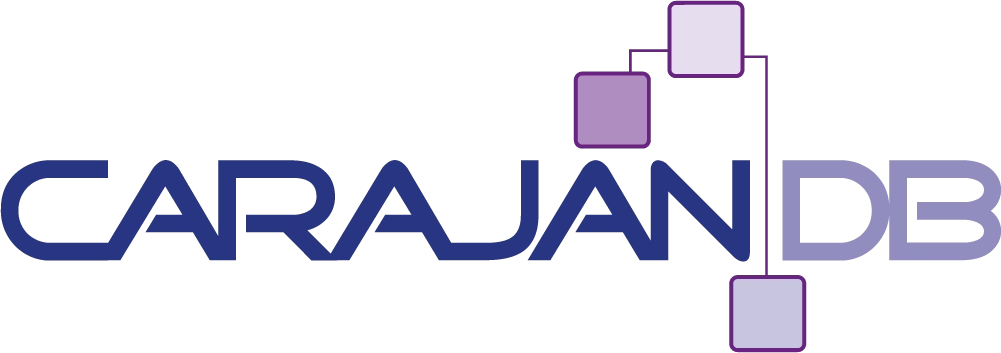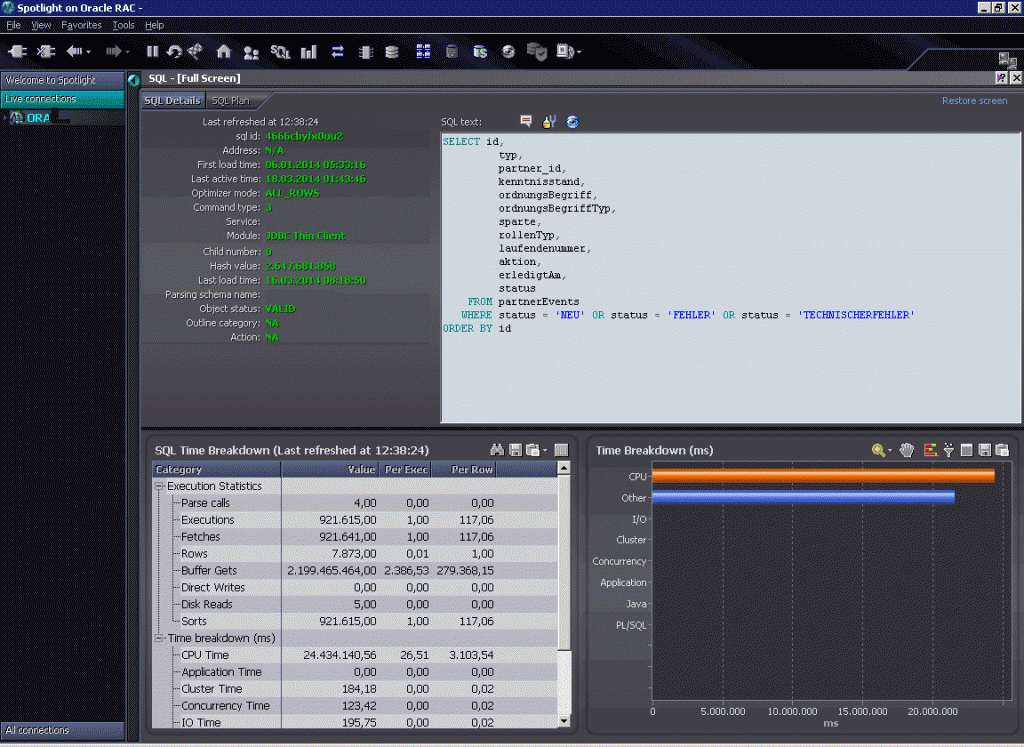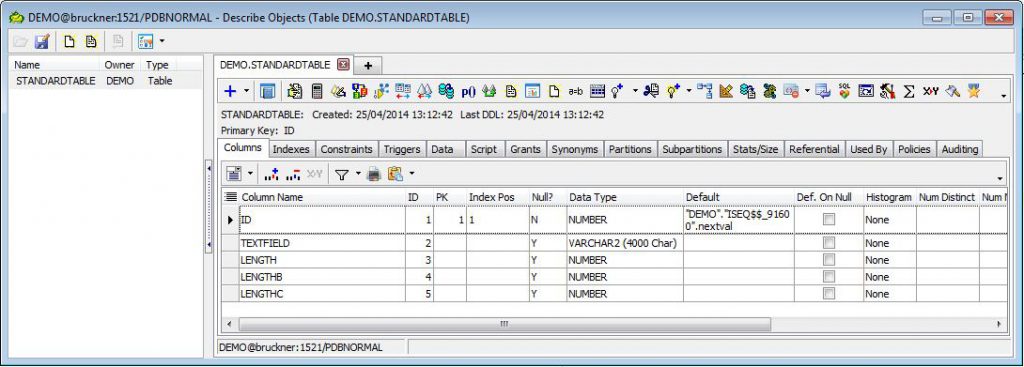Toad – My DBA Tool
For more than 20 years my profession is the Oracle database administration. Starting in the early 90th on DEC VMS with a VT-100 terminal I’ve worked with many different tools. SQL*Plus is of course the most important one because it’s available from the beginning and replaced sqldba and later on srvmgrl. But in 1999 I had the pleasure working with a tool which was intended to help Oracle PL/SQL developers: Tool for Oracle Application Development (T.O.A.D).
Toad – My DBA Tool Blogbeitrag lesen »





